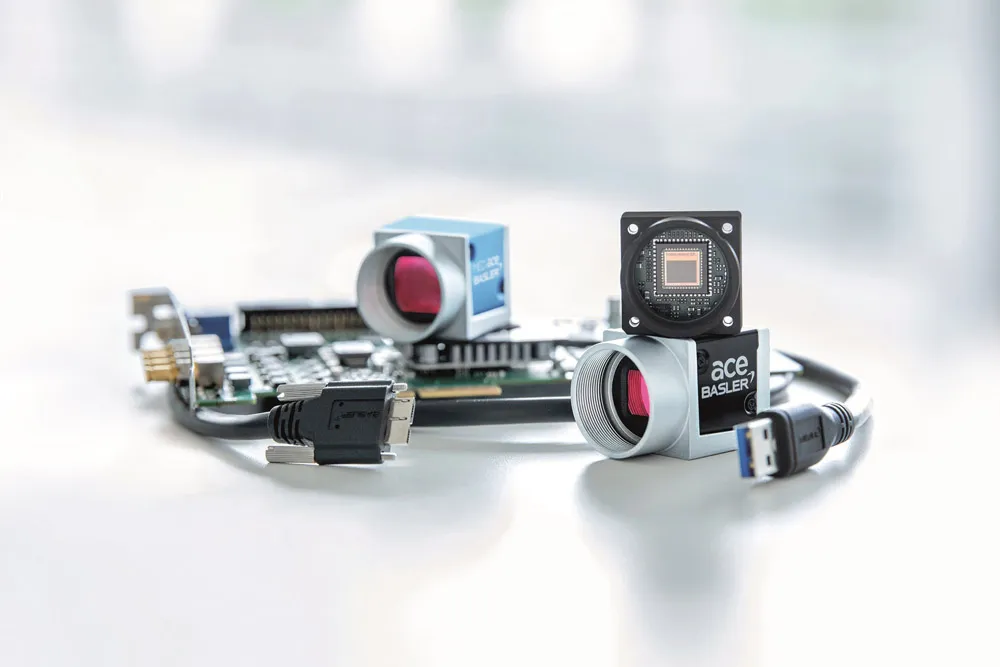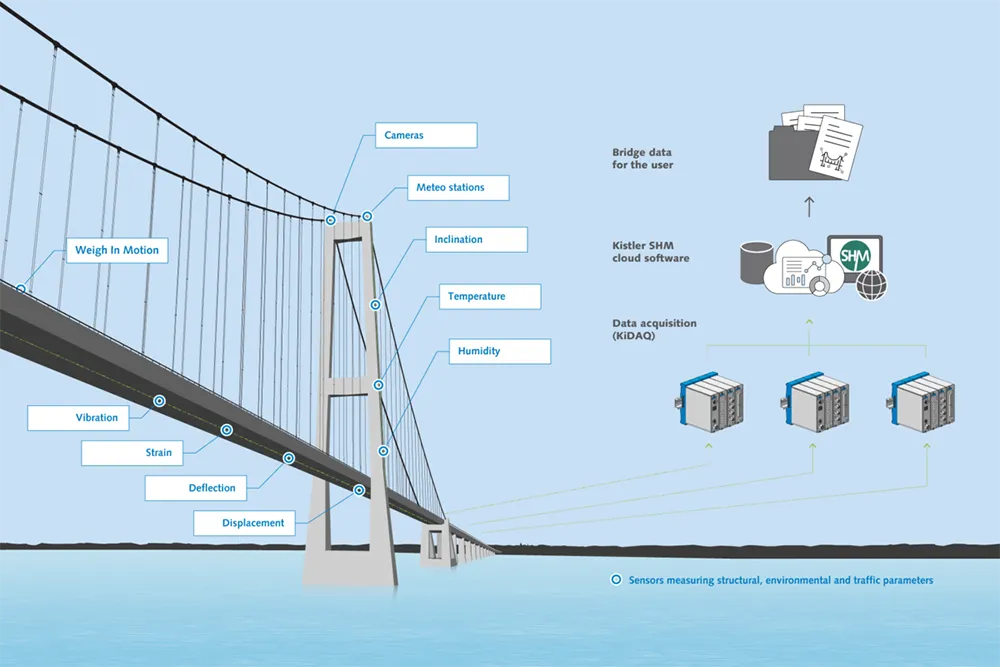Siemens Building Technologies is introducing the next generation of its FibroLaser line heat detection system, which is based on a fibre-optic cable and suited for road and train tunnels as well as for industrial applications. The third generation of this fire safety solution offers even faster and more precise detection over an area of up to 2x10km in length.
March 19, 2012
Read time: 1 min










